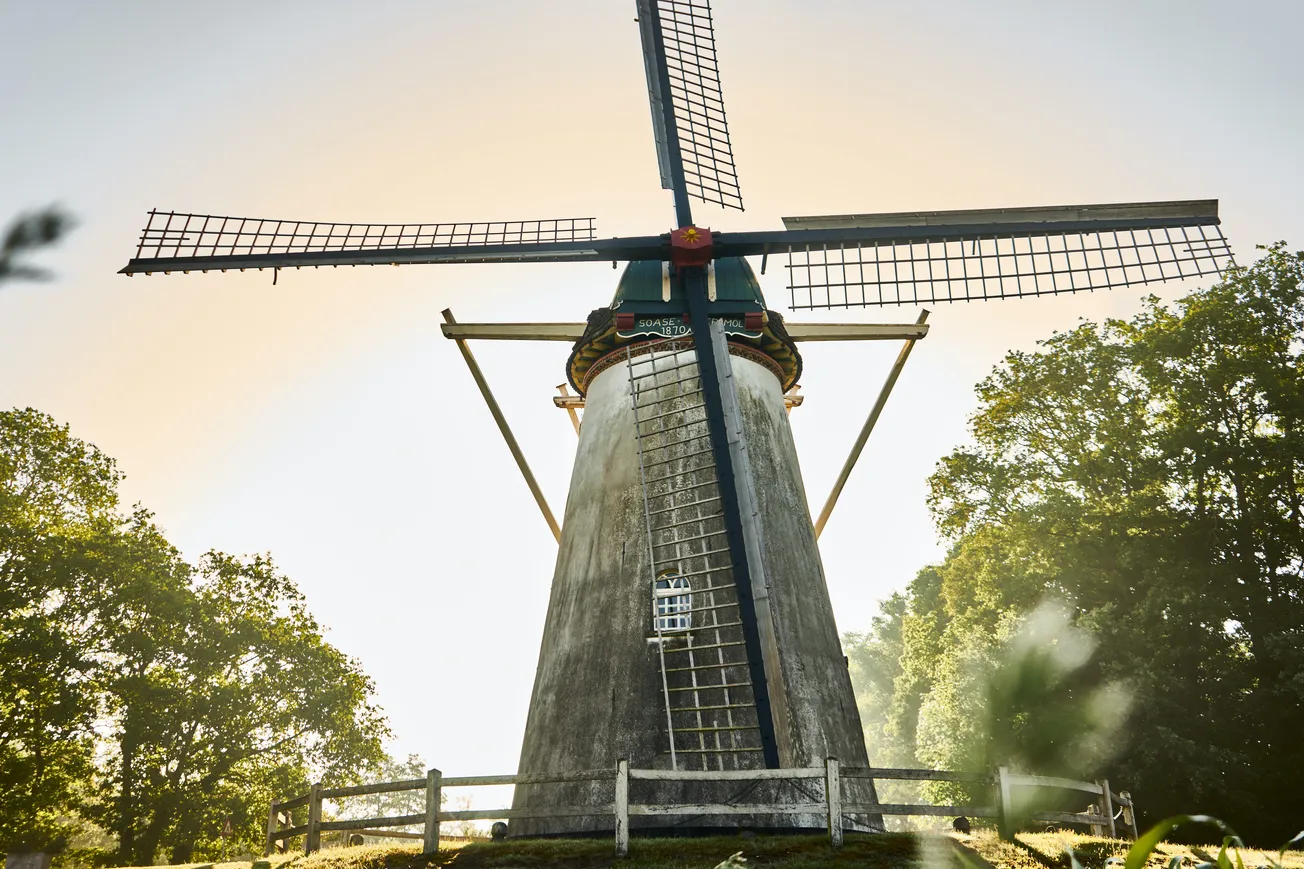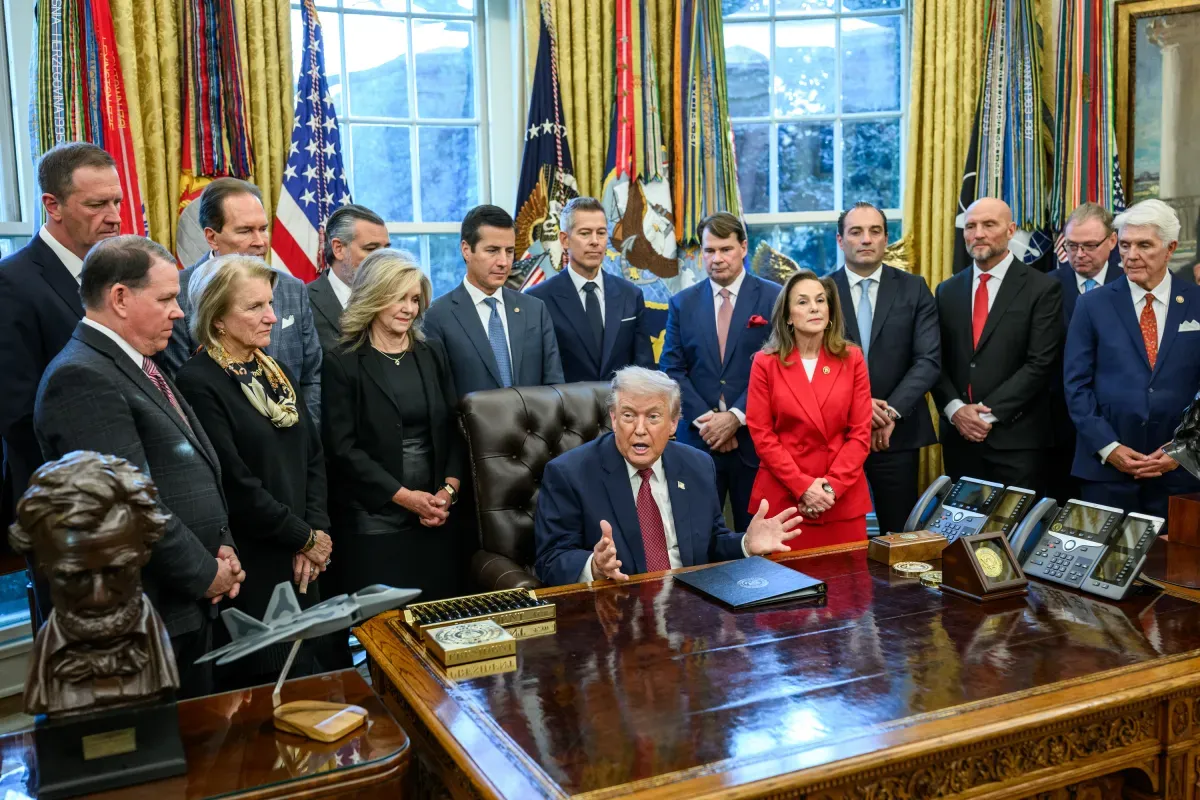We’ve recently written quite a bit about electric vehicles’ many flaws – the reasons to hate them, their evil nature, the entire EV con. But they’re not the only green plaything that’s being exposed for the debacle they are. Windmills are just as troubled.
“All over the world, rural people are reacting with fury at the encroachment of large wind and solar projects on their homes and neighborhoods,” writes energy author Robert Bryce.
Last month, “thousands of Druze residents in the Golan Heights,” says Bryce, “rioted to stop the installation of a large wind project on their traditional lands.” Before that, a wind project in Colombia was “canceled after it met fierce opposition from the indigenous Wayuu communities.”
Bryce noted last week that over the last 10 days in the U.S., “local governments in Illinois, Ohio, and Iowa have rejected or restricted wind and solar projects.” According to his database, that makes 574 rejections or restrictions of solar and wind projects in less than a decade. Most of them, 407, have been wind projects.
Bryce predicted the growth of resistance four years ago when he wrote in The Hill that protests in Hawaii then were “a harbinger of more clashes to come if governments attempt to install the colossal quantities of wind turbines and solar panels that would be needed to fuel the global economy.”
There are a number of problems with wind farms:
- They eat up far more land than any of the conventional forms of energy production, as well as nuclear. It takes a 6.7 million acre wind farm to produce the same amount of power that a nuclear plant could on 230,000 acres and a natural gas plant will on 150,000 acres. Bryce pointed out in a paper he wrote for the Center of the American Experiment that it would take the land equal to two entire Californias “to meet America’s current electricity needs with wind energy.”
- Due to rising costs and logistical headaches, “developers and would-be buyers of wind power are scrapping contracts, putting off projects and postponing investment decisions,” the Wall Street Journal reports. It’s “an industry in crisis.”
- Wind turbines, writes energy consultant Ronald Stein, “are now becoming an eyesore, a hazard, and a significant environmental threat” in a policy piece that asks if wind farms generate more waste than they do electricity.
- Wind farms have to be built in open spaces where power isn’t needed. Moving the electricity to where it’s eventually used destroys the landscape in between.
- In Scotland, 16 million trees, each one of them with their names surely written on every environmentalists’ hearts, have been felled to open ground on which to build wind farms.
- The late physicist David MacKay, who said “you know I love wind turbines,” believed that building wind farms is “actually a waste of money.”
- Even the government is an obstacle. Reason reported not quite a year ago that “construction on what could be a massive offshore wind farm in Massachusetts has been held up for years due to” federal reviews.
We could go on, and also apply almost all of what we’ve said about wind power to solar energy, but it would be exhausting. That said, we will continue to emphasize green transition failures in hopes that one day we will help break the misleading climate narrative.
— Written by the I&I Editorial Board









